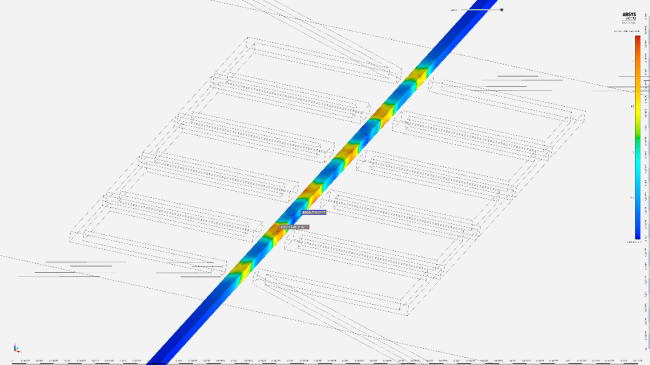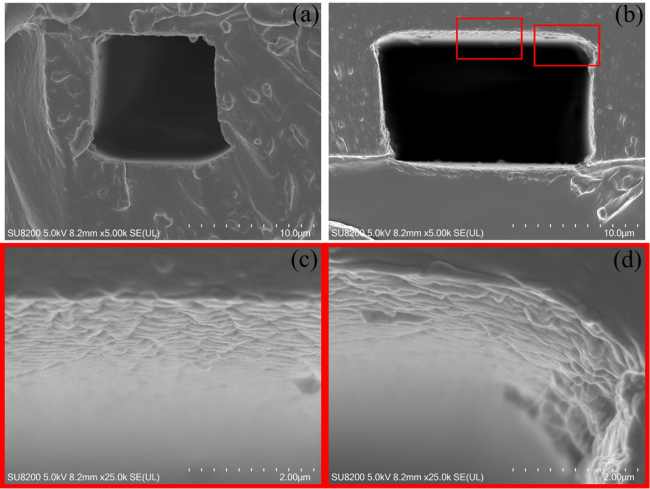Optofluidic systems for sensing applications
Szymon Baczyński
supervisor: Katarzyna Rutkowska
The main research area of my Ph.D. is to create optofluidic systems using polydimethylsiloxane (PDMS) and liquid crystals (LC). PDMS structures with appropriately designed microchannels are filled with nematic liquid crystals which molecules can be periodically reoriented by an electric field. This research is directed toward the fabrication of an optofluidic system. Before the geometry of the system can be finalized, many research areas should be explored, many simulations will be performed, and the technological process will have to be fine-tuned. At this point, the smallest LC-filled microchannels tested are 12 μm high and 11 μm wide.
The most important aspects that have been explored are:
- different technological processes to manufacture the molds
- investigation of the orientation of LC nematic molecules in PDMS microchannels
- preliminary simulations and experiments on the reorientation of LC molecules using an electric field
- transition to a technological process using photolithography and SU-8 examination of the structures using high-resolution scanning electron microscopy (SEM)
Future research areas to be explored:
- simulations considering the capabilities of the mold manufacturing process
- research on a compatible electrode
- accurate measurements of the orientation of LC molecules in the microchannel volume
- light transmission in a PDMS microchannel filled with LC

Fig. 1 Electric field simulation for electrode with advanced geometry.

Fig. 2 Images of PDMS:PDMS structures with the microchannels with the height of 12 μm taken with a Hitachi SU-8230 SEM in a case of 11-μm- (a) and 17-μm- (b) wide microchannel and highlighted the regions in which the images with the higher magnification were taken, representing a top surface (c) and a top corner (d) of the microchannel.